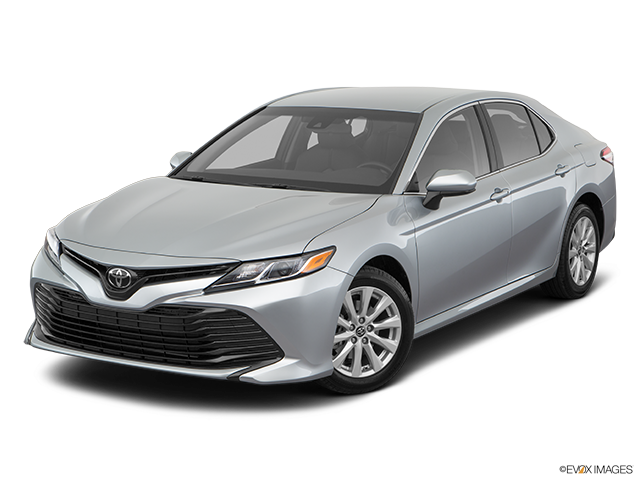




A wheel alignment requires a dedicated alignment machine that can accurately measure all of the angles of the wheels and tires in relation to one another. This is done most frequently with a system of lasers that read sensors connected to each wheel. Information is fed to a computer, and a 3D measurement is made. The placement of each wheel front-to-back (caster), the inward tilt of the top of each wheel (camber), and the degree to which the tires are pointed inward or outward at the front (toe) are all discerned by the alignment machine.
To perform a wheel alignment, a technician will pull your vehicle up onto a special lift, install the sensors onto the wheels, turn on the computer and engage the sensors with the laser, and run the steering through a series of movements until all measurements have been taken. If any measurements are out of specification, then the technician will have to either loosen and adjust the components or (on many vehicles today) replace the components, since they are often not adjustable.
This is demo Question
This is demo Answer